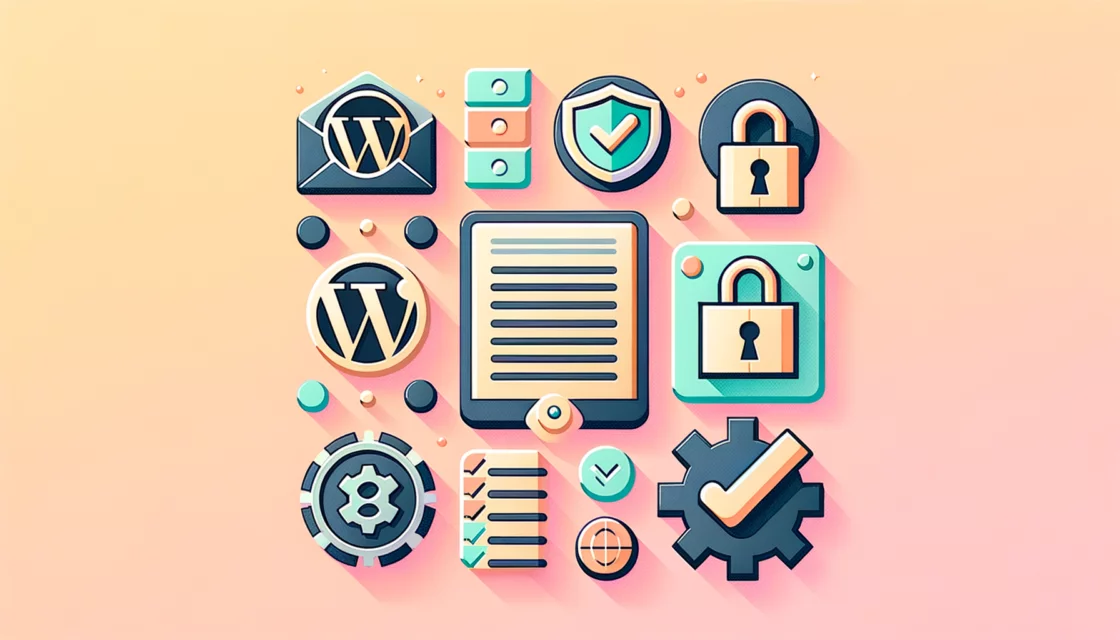
Navigating WordPress Crises: A Comprehensive Troubleshooting Guide
In the dynamic and often unpredictable world of web development, WordPress sites are not immune to critical issues that can arise unexpectedly. Whether it’s a theme or plugin error, a database connection failure, or a security breach, these problems can significantly impact your site’s functionality, security, and overall user experience. At Belov Digital Agency, we understand the urgency and complexity of these issues, and here’s a detailed guide on how to handle them effectively.
Identifying and Diagnosing the Issue
When your WordPress site encounters a critical issue, the first step is to identify the root cause of the problem. Here are some steps to help you diagnose the issue:
Check Error Logs
Error logs are invaluable in pinpointing the source of the problem. Many hosting providers, such as Kinsta, offer access to error logs that can provide insights into PHP errors, database failures, or other issues. To inspect error logs, you can enable WP_DEBUG in your wp-config.php file by changing the line define( 'WP_DEBUG', false ); to define( 'WP_DEBUG', true ); and then saving the file.
Use Troubleshooting Tools
Plugins like the Health Check & Troubleshooting plugin can help diagnose configuration issues and detect plugin or theme conflicts. This plugin allows you to deactivate themes and plugins without affecting the live site, enabling safe troubleshooting.
Research the Error Message
Before diving into solutions, understanding the root cause is crucial. Use search engines to find specific error messages and their common solutions. For example, if you encounter the “Error Establishing a Database Connection,” you should check the credentials in the wp-config.php file and ensure the database is not down.
Immediate Actions to Take
Once you’ve identified the problem, here are some immediate actions you can take:
Deactivate All Plugins
Plugins can often cause conflicts or introduce bugs. To isolate a problematic plugin, deactivate all plugins and then reactivate them one by one. You can do this via the WordPress admin dashboard or using FTP if the admin area is inaccessible. Simply rename the plugins folder to plugins_disabled via FTP, and then rename it back to plugins and reactivate them one by one to identify the culprit.
Switch to a Default WordPress Theme
A poorly coded or incompatible theme can lead to various problems. To isolate theme-related issues, temporarily switch to a default WordPress theme like Twenty Twenty-Three. Navigate to ‘Appearance’ > ‘Themes’ in the admin panel, locate the default theme, and click ‘Activate’. If the problem is resolved, it’s likely related to your previous theme.
Clear Cache and Refresh Permalinks
Caching can sometimes act as a temporary holding area for errors. Clear your browser cache, WordPress cache, and any CDN cache (like CloudFlare) to ensure you’re seeing the latest changes. Additionally, refreshing permalinks can resolve issues related to broken links and redirects. Go to Settings > Permalinks, and click the ‘Save Changes’ button without making any changes.
Fix WordPress Site URL
An incorrect WordPress Site URL can lead to broken links and other problems. Ensure that the Site URL and WordPress Address settings in your General Settings are accurate. You can fix the site URL in the WordPress admin dashboard or by editing the wp-config.php file via FTP.
Troubleshooting Common Errors
The White Screen of Death
The White Screen of Death (WSOD) is a common issue where your website displays nothing but a blank white screen. This can be caused by a script exhausting the memory limit, PHP errors, or issues with plugins or themes. Deactivate all plugins and switch to a default theme to identify the culprit. If the issue persists, it could be due to a memory limit problem or a corrupt WordPress core file. Increase your memory limit by editing the wp-config.php file or contacting your hosting provider for support.
Internal Server Errors
Internal server errors (error 500) are caused by something going wrong on your host’s end. These errors can be caused by a faulty theme or plugin. Turn on debugging, deactivate all plugins and switch themes, check your .htaccess file, and increase your memory limit if necessary. If the error persists, ask your host for assistance or reinstall WordPress.
Error Establishing a Database Connection
This error means that WordPress cannot communicate with the database. It can be caused by an error in the credentials in the wp-config.php file or an issue with your host. Double-check the credentials, restore a recent backup that includes your database, check for corrupted WordPress theme and plugin files, or reinstall WordPress core files.
Preventive Measures to Avoid Future Emergencies
Prevention is the best strategy when it comes to WordPress emergencies. Here are some best practices to keep your site running smoothly:
Regular Updates
Ensure that your WordPress core, themes, and plugins are kept up to date. Outdated software can harbor vulnerabilities that hackers can exploit. Services like WP Buffs include weekly managed updates in their maintenance plans to keep your site secure and updated.
Security Plugins
Use security and monitoring tools like WordFence or Solid Security by SolidWP to keep track of your site’s health. These tools can alert you to any anomalies, allowing you to address issues before they escalate into full-blown emergencies.
Performance Optimization
Optimize your site’s performance using caching plugins like WP Rocket or W3 Total Cache. Regularly optimize your database and compress images to keep the site running smoothly.
Case Study: Handling a WordPress Hack
Let’s look at a real-life scenario involving a WordPress hack to illustrate the steps involved in resolving such a crisis.
- Identification: The first step is to identify the issue. In this case, the site owner noticed unusual activity and received alerts from security tools.
- Isolation: Using tools like the Health Check & Troubleshooting plugin, the issue was isolated to a specific plugin.
- Resolution: The problematic plugin was deactivated, and the site was restored from a clean backup.
- Prevention: Security plugins were installed, and regular updates were scheduled to prevent future vulnerabilities.
Conclusion and Next Steps
Handling WordPress emergencies requires a combination of immediate action and long-term preventive measures. By following the steps outlined above and leveraging the expertise of services like Belov Digital Agency, you can ensure your WordPress site remains secure, functional, and optimized.
If you’re facing critical issues with your WordPress site and need immediate assistance, don’t hesitate to reach out to our team. We are here to help you navigate any WordPress crisis and ensure your site is back up and running smoothly.
For more detailed guides and tips on WordPress maintenance and troubleshooting, check out our blog posts, such as Emergency WordPress Maintenance: How to Handle Critical Issues and other resources available on our website.














Comments